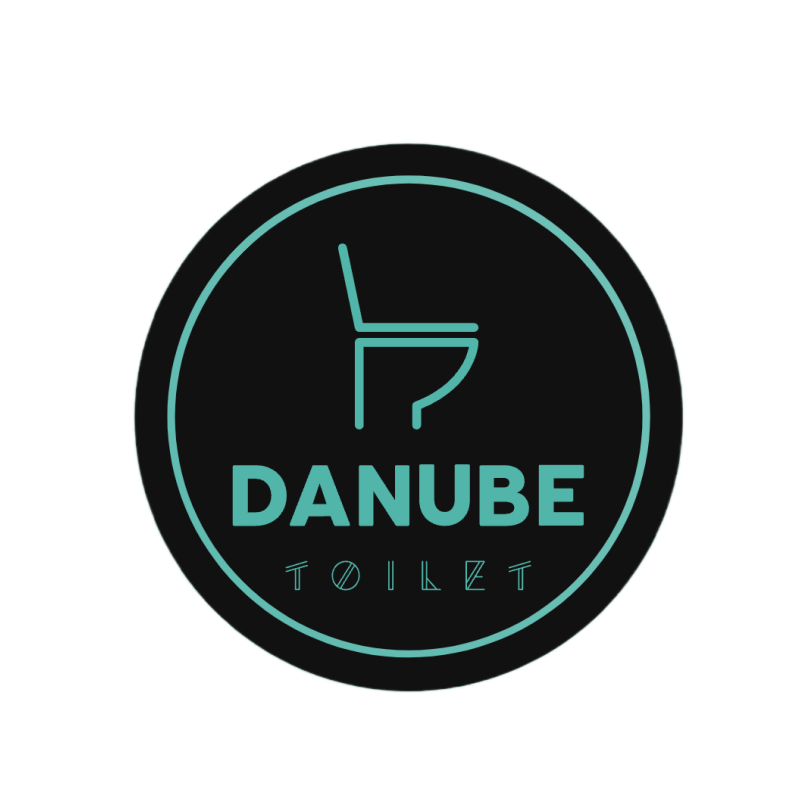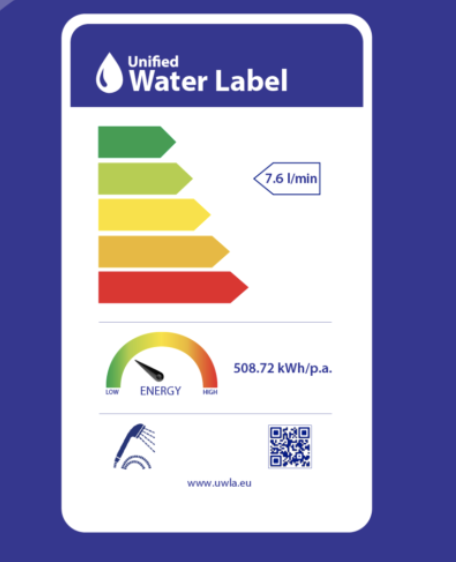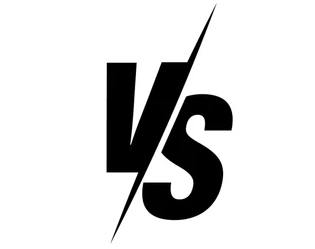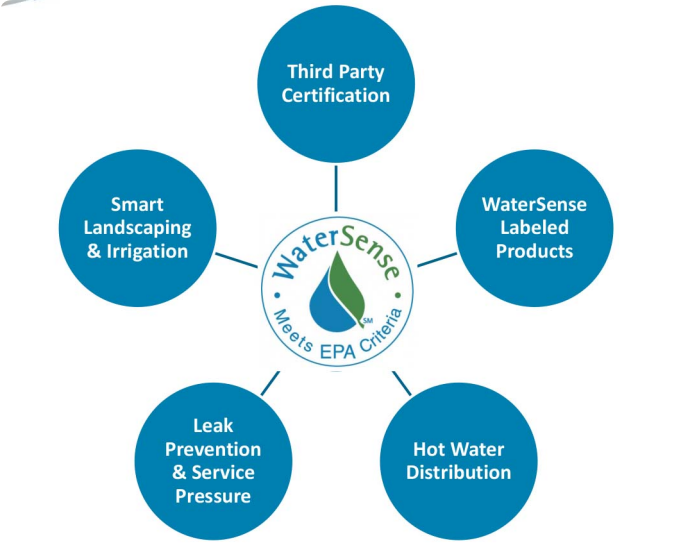In the push for sustainable living, water efficiency labeling has become an essential part of product selection—especially in bathrooms, where toilets, taps, and showerheads account for the majority of water usage. For professionals sourcing sanitary ware across Europe and the U.S., understanding how water labels work—and how they differ—is crucial.
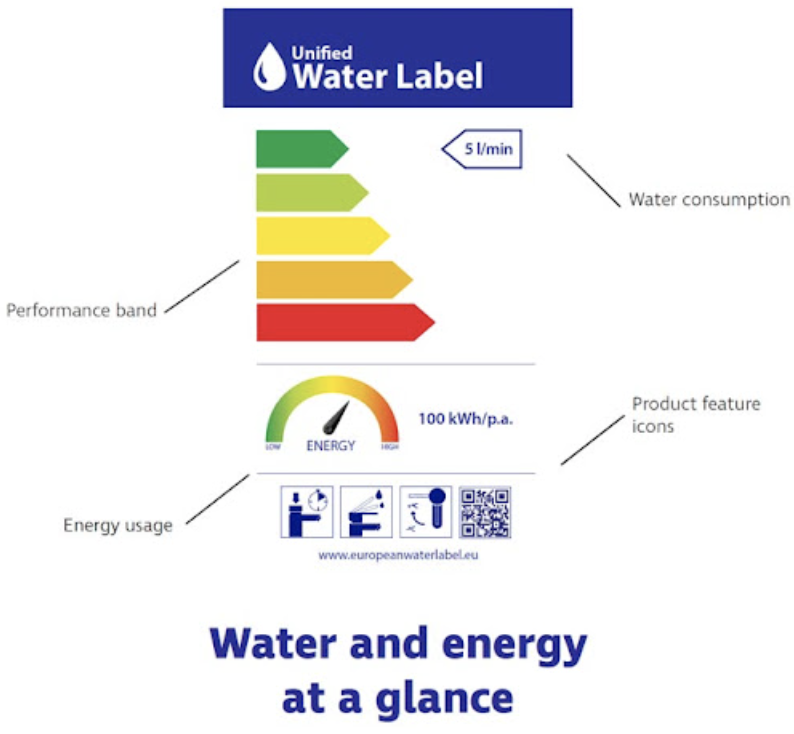
This blog breaks down the European Unified Water Label and EPA’s WaterSense program, offering clear comparisons, regulatory insight, and what it means for OEM/ODM bathroom product manufacturers and buyers.
What Is the Unified Water Label in the EU?
The Unified Water Label (UWL) is a voluntary labeling scheme launched to simplify water efficiency information for both consumers and professionals. It brings together previous schemes (like WELL and European Water Label) into a single, harmonized standard. Backed by the European Bathroom Forum, UWL aims to reduce water usage across the EU while helping users make informed purchasing decisions.
Key Features of UWL:
- Rates water usage (in liters/minute or liters/flush).
- Covers taps, toilets, urinals, showers, and baths.
- Voluntary but increasingly adopted in public procurement and green building standards.
- Easy-to-read, color-coded format.
🔗 Learn more: Unified Water Label official site
What Is WaterSense in the U.S.?
Managed by the U.S. Environmental Protection Agency (EPA), WaterSense is a government-backed certification program aimed at promoting water efficiency. Products must pass independent third-party testing to qualify.
Key Features of WaterSense:
- Mandatory third-party testing for certification.
- Targets at least 20% water savings compared to average counterparts.
- Includes smart irrigation, toilets, showerheads, and faucets.
- Used widely in building codes and procurement, such as LEED and federal guidelines.
🔗 See the full list of WaterSense products: EPA WaterSense Products
UWL vs. WaterSense: Comparison Table
| Feature | Unified Water Label (EU) | WaterSense (U.S.) |
|---|---|---|
| Region | European Union | United States |
| Type | Voluntary labeling scheme | Government-backed certification |
| Third-party Testing | Not required | Required |
| Performance Standards | Based on water flow/flush volume | Based on water + performance metrics |
| Label Design | Color-coded, user-friendly scale | EPA logo with performance seal |
| Adoption | Growing in green public procurement | Required for some federal projects |
| Applies to | Toilets, taps, showers, baths | Toilets, urinals, faucets, irrigation |
| Long-tail Keywords | “EU water efficiency label toilets” | “WaterSense certified toilets” |
Why This Matters for Sanitary Ware Buyers
For procurement teams working on international bathroom projects, especially in hospitality and real estate development, knowing which label to look for can:
- Streamline import compliance in each market.
- Support LEED/BREEAM/Green Star certification goals.
- Reduce long-term water utility costs for clients.
- Help source water-saving bathroom OEM products confidently.
Many public tenders in Europe now favor or require products with the Unified Water Label, especially in Germany, France, and the Nordics. Meanwhile, WaterSense is non-negotiable in many U.S. projects funded at the federal, state, or municipal level.
Case in Point: Smart Toilets & Water Standards
Imagine sourcing WRAS smart toilet valves or WaterSense-certified smart toilets for an eco-conscious hotel chain across the EU and U.S. markets. In this case:
- For EU projects, focus on Unified Water Label toilets with clear flush rate labeling.
- For U.S. projects, ensure the product has WaterSense approval and has undergone third-party testing.
🔗 EPA guide to WaterSense toilets: WaterSense Toilets Factsheet
FAQ: Water Efficiency Labeling
❓ Is the Unified Water Label mandatory in the EU?
No. It’s voluntary but widely recognized and used in public tenders and green building rating systems.
❓ Can a product be labeled under both UWL and WaterSense?
Technically yes, if it meets the performance criteria of both systems. However, this requires testing to each scheme’s standards.
❓ Which label should I prioritize when selling globally?
It depends on your target market:
- For the U.S., WaterSense is essential.
- For Europe, UWL is more relevant.
- For both, dual-compliance may offer a market edge.
Final Thoughts
Both the Unified Water Label and WaterSense offer valuable water efficiency credentials, but they serve different regulatory environments. For international buyers, specifiers, and project developers, recognizing their differences ensures better decision-making—and compliance.
If you are looking for OEM or ODM services for bathroom products like WRAS compliant wash basins, WaterSense ceramic toilets, or dual-certified bathroom vanities, collaborating with a manufacturer who understands both standards can simplify your product development process significantly.
Need help navigating international bathroom certification and product sourcing? Let’s make your project water-smart from the start.
